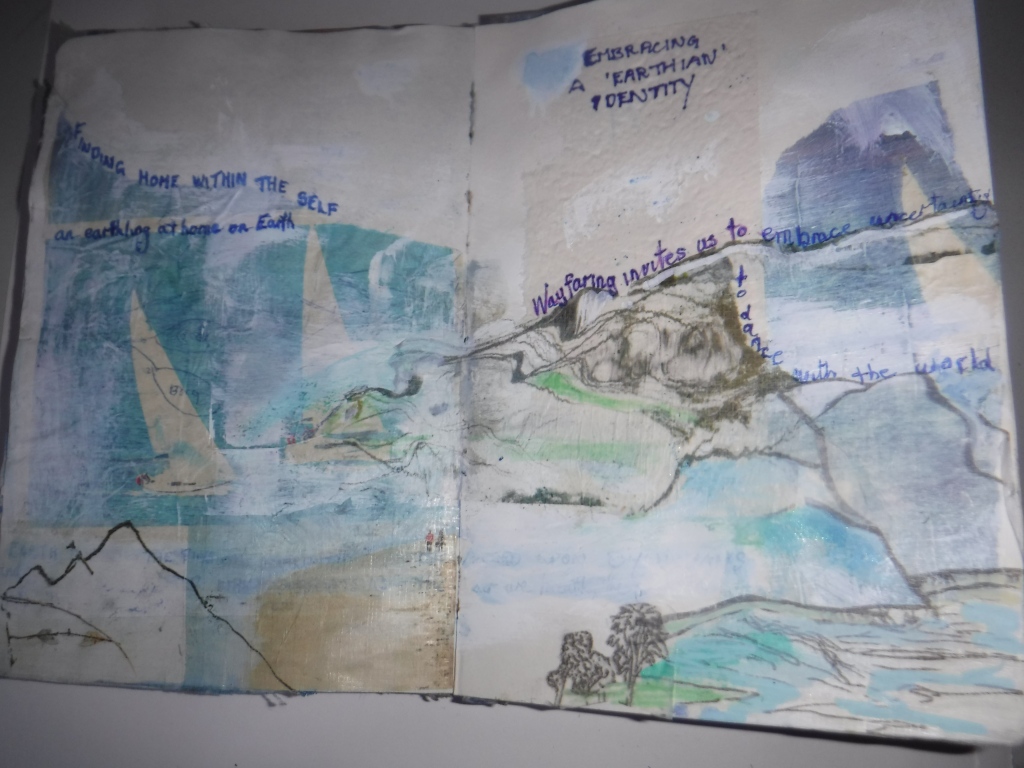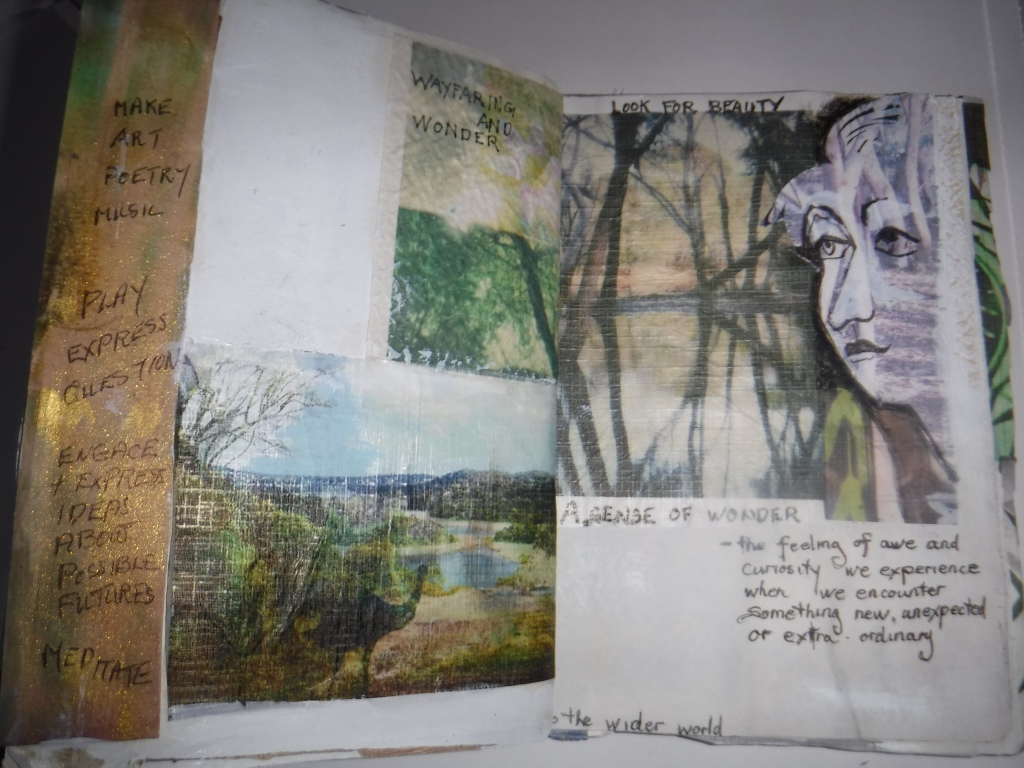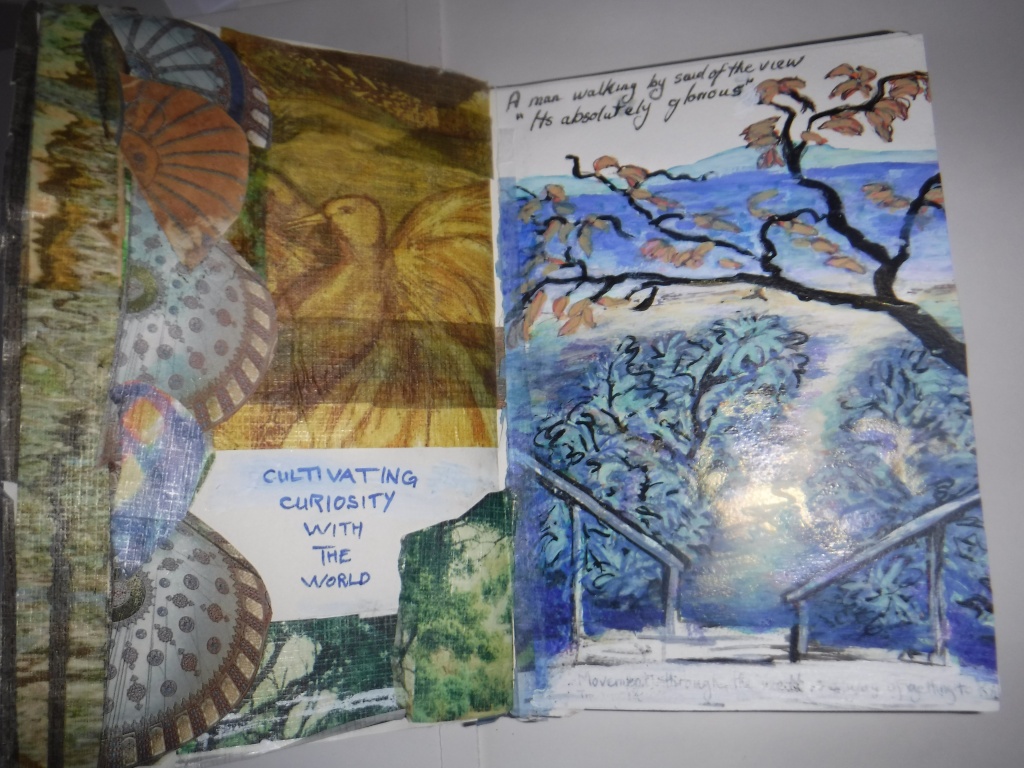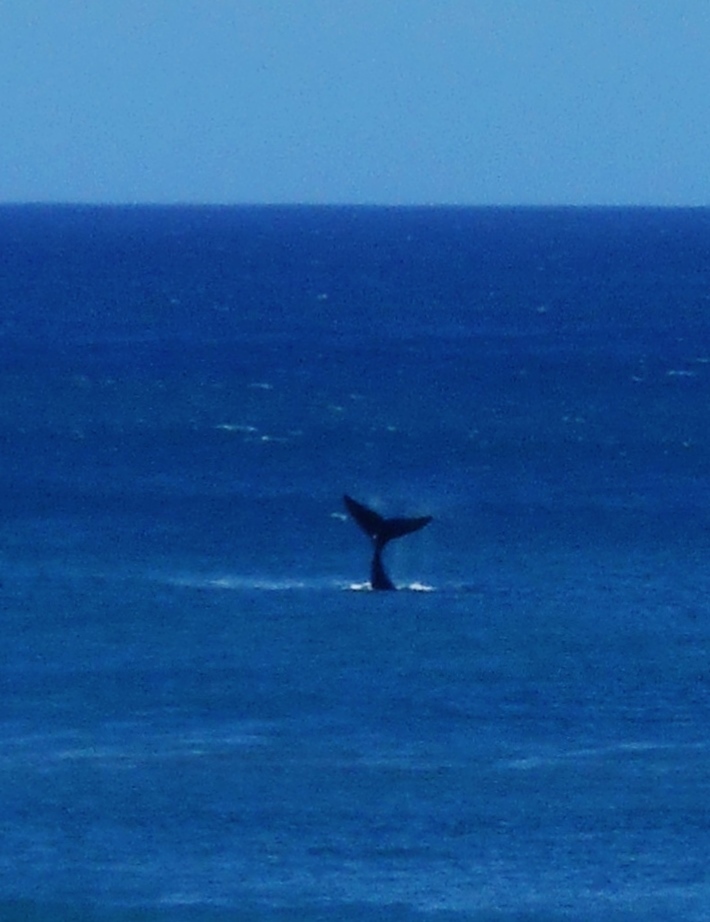At university I had an emotional art history lecturer. He often told the story of how he wept when he saw Picasso’s Guernica when he went to Spain. When I finally took my own journey to Spain I diligently traipsed round galleries seeing great and not so great art. It was on my last day in the country that I went to see Guernica in the Museo Reini Sofia in Madrid.
It was a cold, wet Saturday morning when I made the trek. With rain sluicing off my umbrella I was daunted by the huge white edifice of the museum. Once inside I walked down long windswept cloisters to the gallery where the famous painting hangs. On the way I got sidetracked by an intriguing exhibition called ‘Dark and Light Spain’ where colourful paintings of the bright, sunny south of the country were juxtaposed with brooding paintings depicting the darker colours and moods of the north. The exhibition helped me understand my own travels around the country where I’d encountered both the dark and light in the country and within myself.
Expecting to be further illuminated I continued on. With great anticipation I entered the gallery where Guernica is hung only to find a television crew were preparing to make a documentary. Thick cables ran across the floor and huge cameras were being rolled into position. The Director paused in her supervision of the crew to bark commands at me. Instructed to stand in only one position for a limited amount of time, I gazed at the painting through a comglomeration of people and equipment. The noise level was excessive and there was no chance for any private contemplation.
Life’s little moments
disrupting my agenda.
Do I laugh or cry?

https://en.wikipedia.org/wiki/Guernica_(Picasso)
-some photos from my time in Spain



prompt: https://newwhatsgoingon.blogspot.com/2024/05/an-historical-moment.html “Description so we can imagine, description made up of images–this is the challenge this week. Chose a big moment or a small moment in history, and focus on the specific event rather than on an individual person or on a general idea. Take us there. “

































